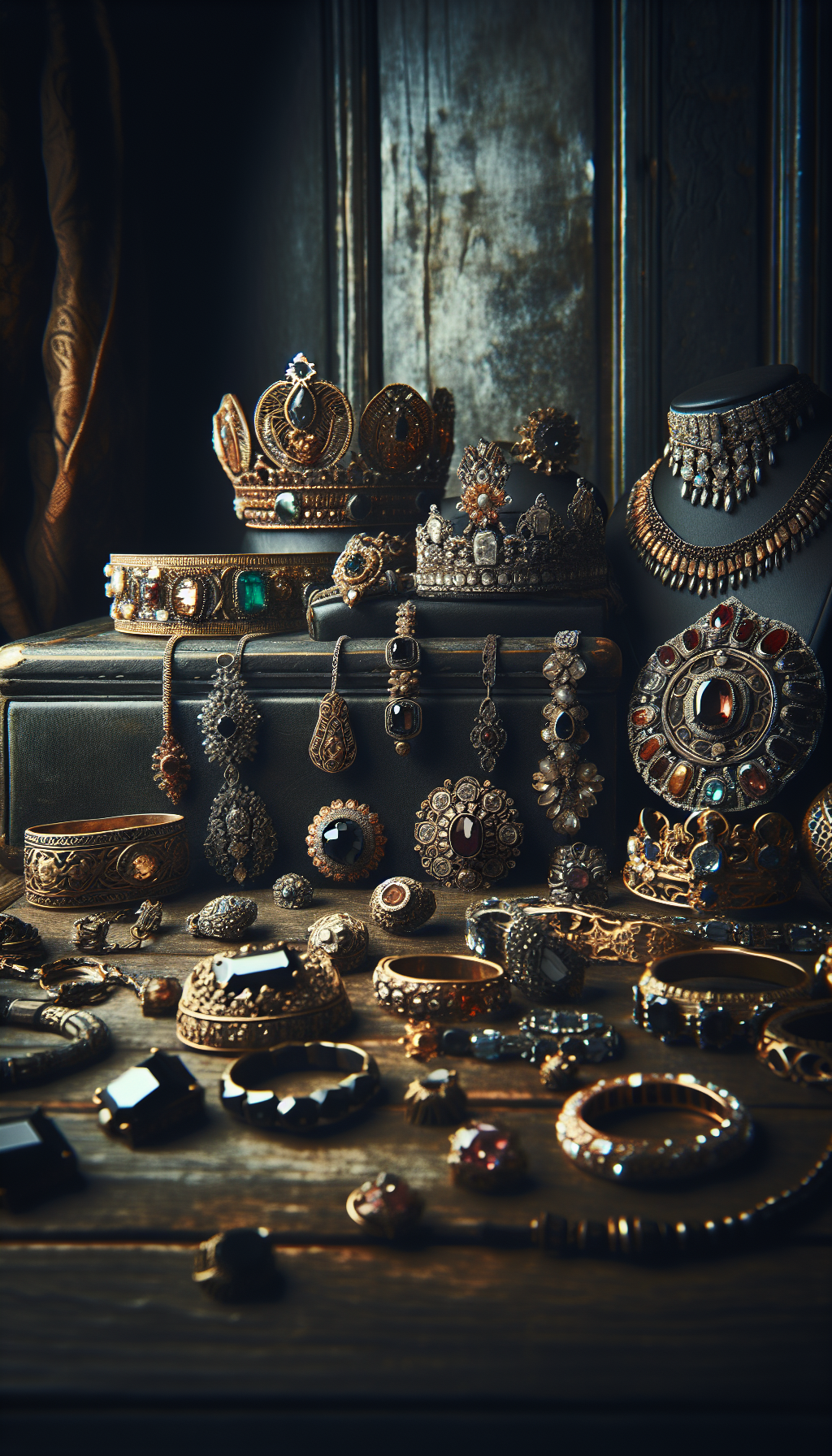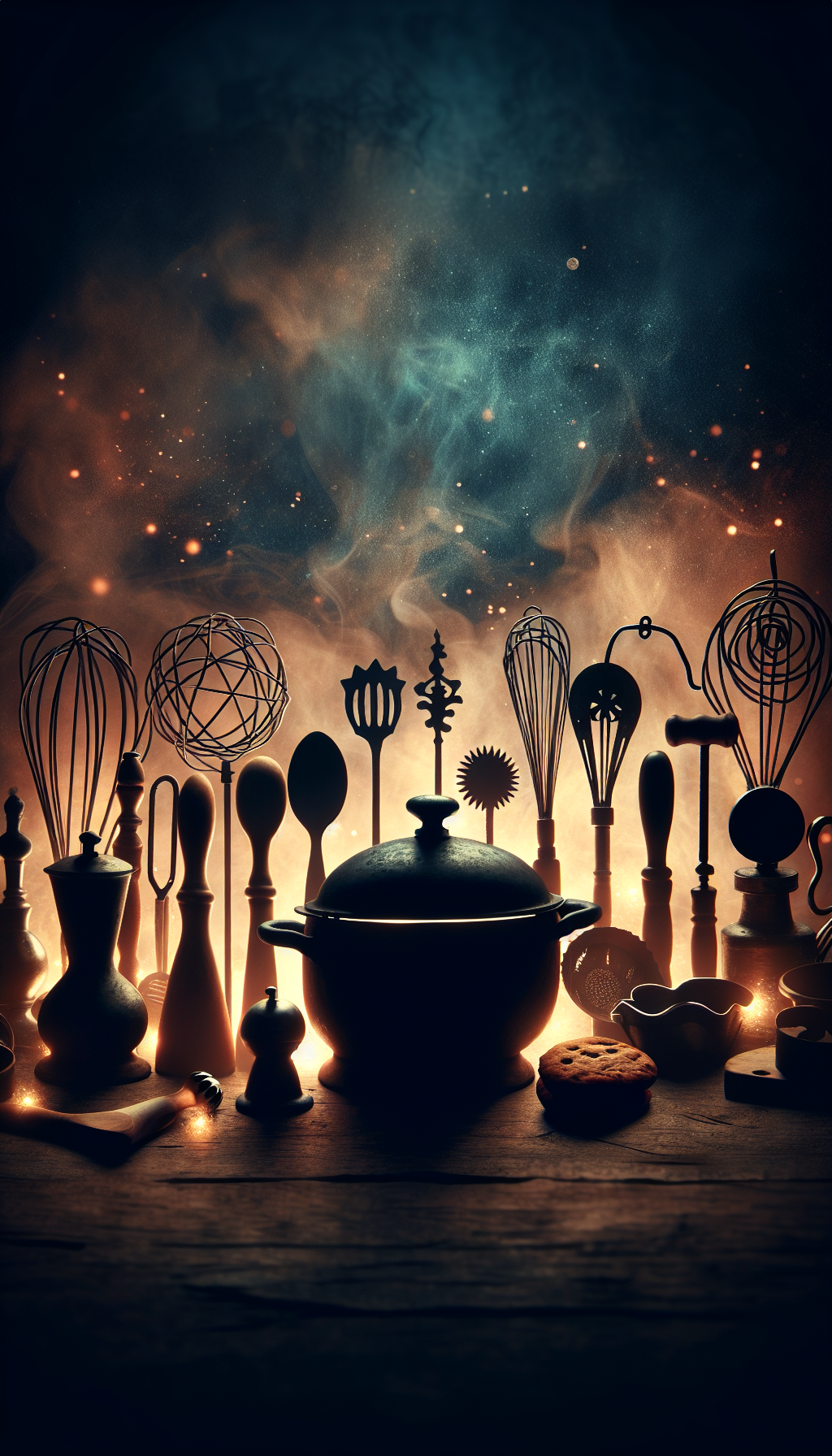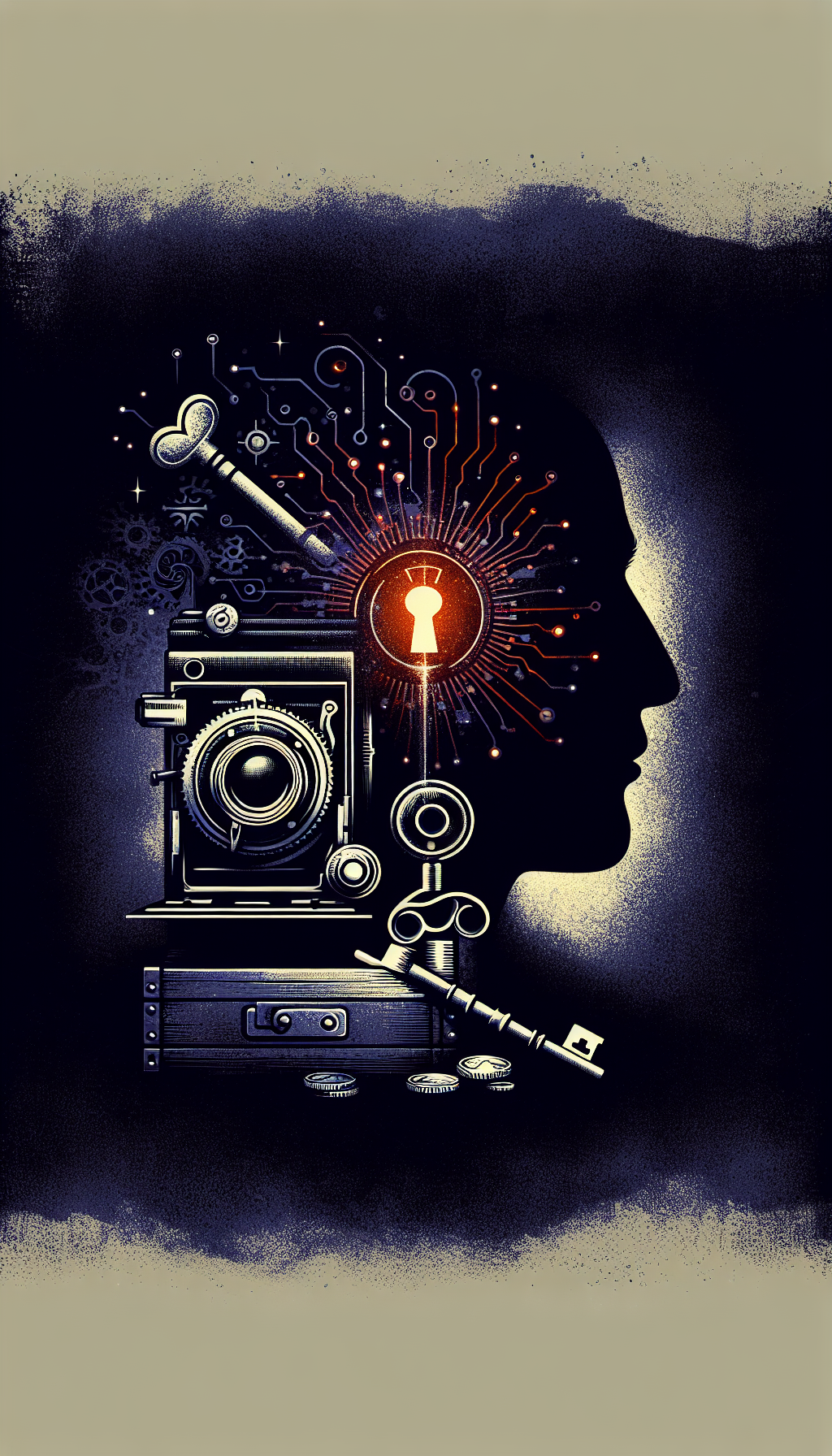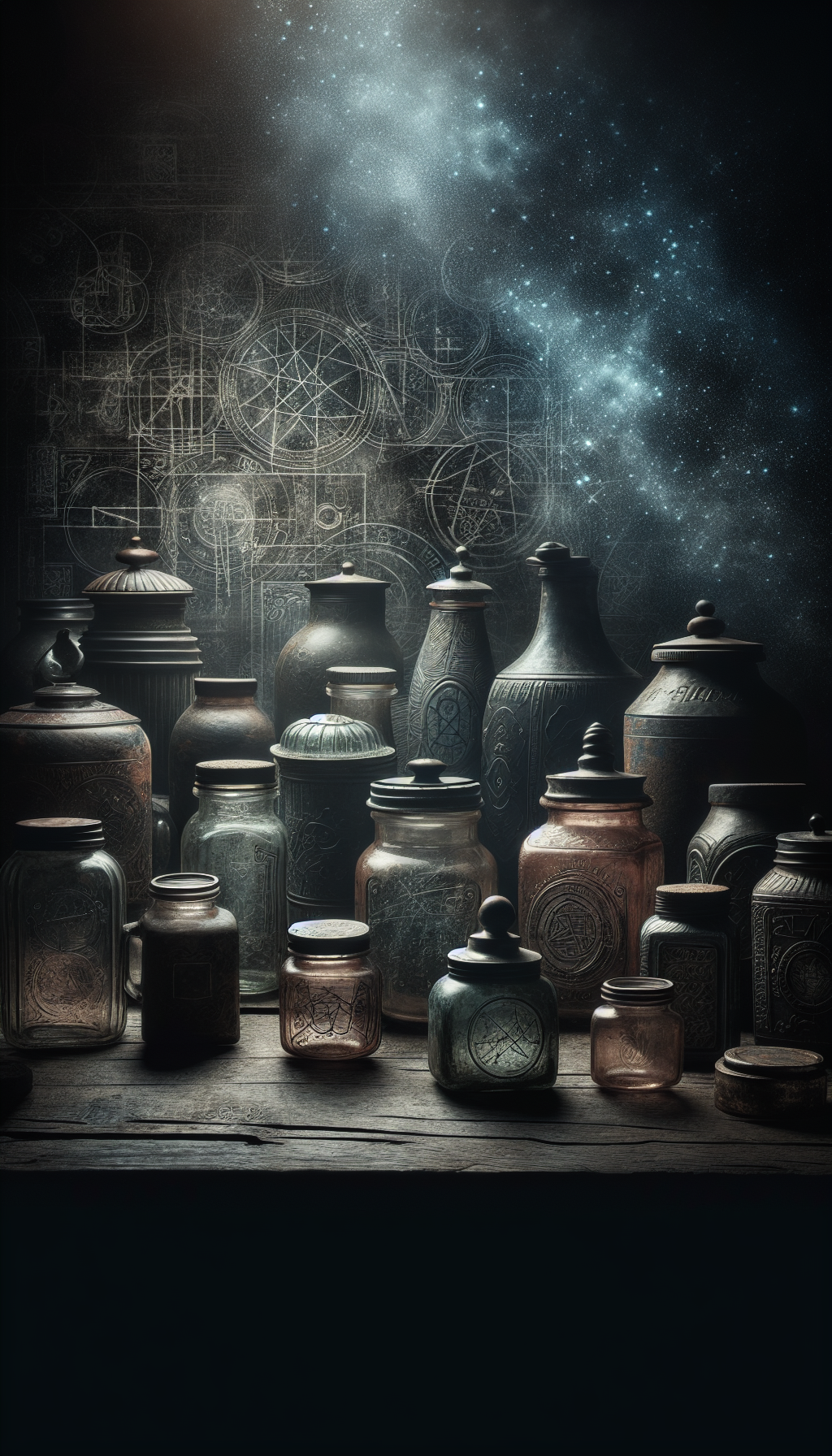Introduction to Antique Duraglas Bottles
Antique Duraglas bottles represent a fascinating segment of American glass bottle manufacturing history. As increasingly sought-after collectibles, these bottles offer both historical significance and aesthetic appeal that continues to draw collectors and enthusiasts alike. Whether you’re considering starting a collection or trying to determine the value of inherited bottles, understanding Duraglas bottles’ history, characteristics, and valuation factors is essential.
The History of Duraglas Bottles
Duraglas wasn’t just a brand name—it represented an innovative glass treatment process developed by Owens-Illinois. Introduced in 1940, the Duraglas treatment was designed to strengthen glass bottles and reduce surface scratching. The process involved applying a thin silicone coating to the hot glass during manufacturing, resulting in a more durable and scratch-resistant finish.
The “Duraglas” name was typically embossed in cursive script on the bottom of bottles, making it a key identifier for collectors. These bottles were produced during a pivotal era in American consumer goods and manufacturing, spanning from the 1940s through the early 1960s.
Duraglas Production Timeline
- 1940
Introduction of Duraglas
Owens-Illinois first introduces the Duraglas treatment process and begins embossing the trademark on bottle bases. - 1940s
WWII Era Production
Despite wartime restrictions, Duraglas bottles continue production with some material adaptations and simplified designs. - 1950s
Peak Production Period
The most diverse range of Duraglas bottles are produced during this decade, including many now-collectible designs. - 1964
End of Cursive Embossing
Owens-Illinois discontinues the cursive Duraglas embossing, marking the end of the classic Duraglas era.
The historical significance of Duraglas bottles extends beyond their manufacturing innovations. These bottles contained everything from milk and beverages to medicine and household products, offering a tangible connection to mid-century American consumer culture.
How to Identify Authentic Duraglas Bottles
The Duraglas Trademark Embossing
The most distinctive feature of authentic Duraglas bottles is the “Duraglas” trademark embossed in cursive script, typically located on the bottle’s base. This cursive embossing was consistently used from 1940 until 1964, making it a reliable identifier for genuine pieces.
Owens-Illinois Maker’s Mark
Authentic Duraglas bottles will also feature the Owens-Illinois maker’s mark—a distinctive “I” inside an “O” or diamond symbol. This mark is usually located near the Duraglas embossing on the bottle’s base.
Date and Plant Codes
One of the most valuable aspects of Duraglas bottles for collectors is their precise dating system. Typically, you’ll find numbers flanking the maker’s mark that indicate:
- A single or double-digit number to the left indicating the plant where the bottle was manufactured
- A single or double-digit number to the right indicating the year of manufacture
For example, “7” and “48” would indicate the bottle was manufactured at plant #7 in 1948. For bottles made in the 1940s and 1950s, only the last two digits of the year were used.
Stippling Pattern
Many Duraglas bottles feature a distinctive stippling pattern (small raised dots) on the bottom and sometimes extending partway up the sides. This pattern was introduced as part of the Duraglas process to reduce surface abrasion.
Authentic Duraglas Identification Checklist
Use this checklist to verify if your bottle is an authentic Duraglas
- Cursive 'Duraglas' embossing on the bottle base
- Owens-Illinois maker's mark (I inside an O or diamond)
- Numerical date code (typically to the right of the maker's mark)
- Plant number code (typically to the left of the maker's mark)
- Stippling pattern on bottom or lower portion of bottle
- Glass color consistent with the era (clear, amber, green, blue)
Understanding these identification markers is essential, as they provide crucial information about a bottle’s age, origin, and authenticity—all factors that significantly impact value.
Factors That Determine Duraglas Bottle Value
Age and Rarity
Generally, older Duraglas bottles (early 1940s) command higher prices than later examples. The earliest Duraglas bottles from 1940-1945 are particularly desirable due to their relatively limited production during the war years.
Color and Aesthetic Appeal
While most Duraglas bottles were produced in clear glass, colored examples can be significantly more valuable:
- Amber/brown: Common but still desirable
- Blue or green: Less common and more valuable
- Cobalt blue: Rare and highly collectible
- Purple or red: Extremely rare and premium-priced
Original Purpose and Branding
Bottles that originally contained popular or nostalgic brands often command premium prices. Examples include:
- Coca-Cola and other soda brands
- Regional dairy bottles with distinctive branding
- Medicine and pharmaceutical bottles
- Unique beverage bottles from defunct companies
Size and Form
Unusual shapes, sizes, or design features can significantly increase a bottle’s value. Standard utility bottles typically have lower values than those with distinctive or decorative designs.
Condition Considerations
Condition dramatically impacts value, with mint or near-mint examples often worth multiples of their damaged counterparts.
Condition Impact on Duraglas Bottle Values
| Mint Condition | 100% of Base Value | No chips, cracks, staining or wear |
| Excellent Condition | 75-90% of Base Value | Minimal wear, no damage |
| Good Condition | 40-70% of Base Value | Some wear, minor chips |
| Fair/Poor Condition | 10-30% of Base Value | Significant damage or wear |
Historical Significance
Bottles with connections to significant events, locations, or limited production runs often carry premium values. Documented provenance can substantially increase a bottle’s desirability and price.
Market Demand and Trends
Like all collectibles, Duraglas bottle values fluctuate with changing collector interests and broader market trends. Currently, there’s growing interest in mid-century American manufacturing, boosting demand for quality Duraglas examples.
Current Market Values of Duraglas Bottles
Duraglas Bottles Current Market Value Ranges
Price ranges based on recent sales and market analysis (2023)
</tbody>
</table>
It’s important to note that particularly rare or exceptional examples can command prices well above these ranges. For instance, a documented early production Duraglas bottle in an unusual color with original labeling could potentially sell for several hundred dollars to the right collector.
Notable recent sales have included:
- A 1940s cobalt blue Duraglas medicine bottle: $285
- Early 1940s Duraglas milk bottle with original war-era messaging: $125
- Set of three green Duraglas beverage bottles in mint condition: $210
- Amber Duraglas bottle with original paper label: $95

Where to Buy and Sell Duraglas Bottles
Top Places to Find Authentic Duraglas Bottles
Online Marketplaces
- Etsy: Offers a wide selection of Duraglas bottles, often with detailed descriptions and history. Many sellers specialize in vintage glass and can provide provenance information.
- eBay: Provides the largest variety of Duraglas bottles, though authentication requires careful attention to listing details and seller ratings.
- Specialized Antique Websites: Sites focusing on glass collectibles often feature curated selections of authenticated Duraglas bottles.
Physical Locations
- Antique Stores: Especially those specializing in American vintage items or glassware
- Bottle Shows and Collector Conventions: Excellent for finding rare examples and networking with knowledgeable collectors
- Estate Sales and Auctions: Often yield unexpected finds at reasonable prices
- Flea Markets and Yard Sales: Require knowledge but can provide exceptional bargains
Selling Your Duraglas Bottles
When selling Duraglas bottles, consider these options based on your goals:
For Maximum Value:
- Specialty Auctions: Bottle-specific or glass collector auctions can attract serious buyers
- Direct Sales to Collectors: Through bottle collector forums or collector associations
- Consignment with Antique Dealers: Especially those specializing in American glass
For Convenience:
- Online Marketplaces: Etsy and eBay offer broad reach but require shipping knowledge
- Local Antique Dealers: Offer immediate payment but typically at wholesale prices
- Social Media Marketplace Groups: Connecting with local collectors can reduce shipping hassles
Tips for Successful Selling:
- Thoroughly clean bottles without damaging original patina
- Photograph in natural light, highlighting identifying marks
- Research comparable sales before setting prices
- Provide detailed descriptions including measurements, exact color, and manufacturing details
- Include clear images of the base showing Duraglas embossing and date codes

Tips for Duraglas Bottle Collectors
Building a Focused Collection
Rather than collecting randomly, consider specializing in a particular aspect of Duraglas bottles:
- Time Period Focus: Concentrate on a specific decade or even single year of production
- Color Collections: Collect the full spectrum of Duraglas colors
- Regional Bottles: Focus on bottles from a specific Owens-Illinois plant
- Usage Type: Specialize in milk bottles, beverage bottles, or pharmaceutical containers
- Brand Collections: Collect bottles from specific product brands or companies
Focused collections often have greater cohesion and potentially higher collective value than random assortments.
Proper Handling and Display
Preserving condition is crucial for maintaining and potentially increasing value:
- Cleaning: Use only lukewarm water and mild soap; avoid harsh chemicals
- Handling: Hold bottles by the body, not by necks or applied features
- Display: Keep out of direct sunlight to prevent color changes
- Storage: Use acid-free paper for wrapping stored bottles
- Shelving: Ensure displays are stable and protected from accidental bumps
Documentation and Provenance
Maintaining detailed records can significantly enhance collection value:
- Keep a digital or physical catalog with:
- Exact measurements
- Manufacturing details (plant numbers, date codes)
- Acquisition information (where, when, and cost)
- Historical research on the original contents/brand
- Photographs of key identifying features
Networking with Other Collectors
Building relationships in the collector community offers multiple benefits:
- Join bottle collector associations or online forums
- Attend bottle shows and collecting conventions
- Participate in local historical society events
- Connect with museum curators specializing in American glass
These connections can provide access to rare finds, authentication expertise, and historical context that enhances collection value.
Essential External Resources for Duraglas Bottle Collectors
DURAGLAS ~ trademark on glass bottles
Comprehensive information about the Duraglas trademark and its appearance on various glass bottles throughout the decades.
Owens-Illinois Glass Co. Logos and Marks
Detailed PDF guide to Owens-Illinois Glass Company logos, including Duraglas marking identification and dating techniques.
Duraglas Bottles on Etsy
Browse current offerings of Duraglas bottles from various sellers, with descriptions and price points for market research.
Duraglass Bottles on eBay
Search current auctions and fixed-price listings for Duraglas bottles to gauge current market values and availability.
Antique-Bottles.Net Forum
Active community of bottle collectors offering identification help, valuation assistance, and historical information.
The Federation of Historical Bottle Collectors
National organization dedicated to the study and preservation of historical bottles, including educational resources and event listings.
Investment Potential of Duraglas Bottles
Current Market Trends
The market for Duraglas bottles has shown steady growth over the past decade, with particular acceleration in the following areas:
- Early Production Examples: Bottles from 1940-1945 have seen the most significant price increases
- Colored Glass Varieties: Blue, green, and unusual color examples have appreciated faster than clear glass versions
- Complete Sets: Related bottles from the same manufacturer or product line command premium prices when kept together
- Original Packaging: Bottles with original labels, boxes, or associated materials show enhanced value growth
Value Growth Patterns
While not as volatile as some collectibles markets, Duraglas bottles have demonstrated reliable value patterns:
Duraglas Bottle Value Trends
| Category | Price | Notes |
|---|---|---|
| Standard Clear Duraglas Utility Bottles | $8 - $25 | Common sizes and shapes, good condition |
| Duraglas Milk Bottles | $25 - $40 | Regional dairy branding increases value |
| Duraglas Soda/Beverage Bottles | $15 - $75 | Brand-specific, condition-dependent |
| Amber/Brown Duraglas Bottles | $20 - $50 | Better condition commands higher prices |
| Green Duraglas Bottles | $40 - $100 | Less common color, varies by shade |
| Blue Duraglas Bottles | $75 - $150+ | Uncommon and highly collectible |
| Large Format (1 Gallon+) | $50 - $120 | Size and condition dependent |
| Rare Colors or Forms | $100 - $500+ | Unusual colors or distinctive shapes |
| Rare Colors | +8-15% | Annual average appreciation |
| Standard Colors | +3-6% | Annual average appreciation |
| Mint Condition | +40-60% | Premium over similar bottles with minor damage |
Future Outlook
Several factors suggest continued stable growth for quality Duraglas bottle investments:
- Increasing Historical Interest: Growing appreciation for mid-century American manufacturing
- Finite Supply: No new authentic production means a permanently limited inventory
- Cross-Collectible Appeal: Attracts both bottle collectors and broader vintage Americana enthusiasts
- Accessibility: Still affordable entry points for new collectors compared to many other antiques
Collection Investment Strategies
For those approaching Duraglas bottles as investments, consider these strategies:
- Condition Priority: Invest primarily in mint or near-mint examples
- Rarity Research: Focus on documented short production runs or unusual variations
- Documentation Value: Maintain and acquire provenance materials and original packaging
- Market Timing: The market typically peaks during winter months and major collecting events
- Diversification: Balance common but perfect examples with rarer but potentially less pristine pieces
Common Questions About Antique Duraglas Bottles
How do I identify a Duraglas bottle?
Authentic Duraglas bottles can be identified by several key features:
- The word "Duraglas" embossed in cursive script on the bottle base
- The Owens-Illinois maker’s mark (an "I" inside an "O" or diamond)
- Date codes and plant numbers flanking the maker’s mark
- Stippling pattern (small raised dots) on the bottle base and sometimes extending up the sides
These features were used consistently from 1940 to 1964, with the cursive Duraglas embossing being discontinued after 1964. Early Duraglas bottles from 1940 may not have stippling, as this feature was added later in production.
What years were Duraglas bottles produced?
Duraglas bottles were produced by the Owens-Illinois Glass Company from 1940 to 1964 with the cursive "Duraglas" embossing. The term "Duraglas" was first used in 1940, with stippling on the bottom of the bottles becoming a standard feature shortly after introduction.
While the Duraglas treatment process continued beyond 1964, the distinctive cursive embossing was discontinued that year, making pre-1964 bottles more recognizable and collectible. The most collectible period for Duraglas bottles is generally considered to be 1940-1960.
What is the most valuable type of Duraglas bottle?
The most valuable Duraglas bottles typically have these characteristics:
- Rare colors such as cobalt blue, deep emerald green, or unusual purple tints
- Early production dates (1940-1945)
- Unusual shapes or specialized designs
- Mint condition with no chips, cracks, or staining
- Original labels, caps, or packaging intact
- Documented connection to significant historical events or brands
Specifically, early 1940s cobalt blue Duraglas pharmacy or medicine bottles in mint condition with original labeling can command prices of $200-$500 or more to serious collectors. Large format (one gallon or larger) Duraglas bottles in unusual colors are also highly prized.
How do I know if my old bottles are valuable?
To determine if your Duraglas bottles have significant value:
- Check for the cursive "Duraglas" embossing and Owens-Illinois maker’s mark
- Identify the production date using the codes on the bottle base
- Note the color - unusual colors typically have higher value
- Assess condition carefully, noting any damage
- Research comparable recent sales on auction sites and glass collector forums
- Consider consulting with a glass bottle specialist or appraiser for rare examples
Remember that even common Duraglas bottles in excellent condition can be worth $15-$30, while rare examples in unusual colors or with unique features can be worth hundreds of dollars. Document any known history or provenance of the bottles, as this can significantly increase value to collectors.
Where is the best place to sell vintage Duraglas bottles?
The best places to sell vintage Duraglas bottles depend on their rarity and value:For common or moderately valuable bottles ($10-$50):
- Etsy and eBay provide wide audience reach
- Local antique shops or malls (though typically at wholesale prices)
- Facebook Marketplace or Craigslist for local sales
For rare or more valuable bottles ($50+):
- Specialized bottle collector forums and websites
- Bottle collector shows and conventions
- Antique glass specialty auctions
- Consignment with dealers specializing in American glass
For the best results, always provide clear photographs showing the bottle from multiple angles, close-ups of any embossing or marks, accurate measurements, and any known history of the bottle. Proper packaging for shipping is essential, as damaged bottles lose most or all of their collector value.
How do I clean antique Duraglas bottles without damaging them?
Cleaning antique Duraglas bottles requires gentle methods to preserve their value:Safe Cleaning Methods:
- Lukewarm water with a small amount of mild dish soap
- Soft bottle brushes for interior cleaning
- Soft microfiber cloths for exterior cleaning
- Rice or BB pellets with warm water for stubborn interior residue
What to Avoid:
- Harsh chemicals or abrasive cleaners
- Dishwashers or extremely hot water
- Wire brushes or abrasive sponges
- Soaking for extended periods
For bottles with mineral deposits or stubborn stains, a solution of vinegar and water (1:3 ratio) can be used cautiously. Always rinse thoroughly with clean water and allow to air dry completely. For valuable bottles, consider consulting with a glass preservation specialist before attempting to clean heavily stained or encrusted examples.
Are Duraglas green bottles worth more than clear ones?
Yes, Duraglas green bottles typically command higher prices than clear examples. Here's why:
- Relative Scarcity: Green Duraglas bottles were produced in smaller quantities than clear versions
- Collector Appeal: The attractive color has broader aesthetic appeal
- Preservation Benefits: Green glass better protected light-sensitive contents, making these bottles more specialized
Green Duraglas bottles generally sell for 2-5 times the price of comparable clear examples. Light green or pale green bottles typically sell for $40-$100 depending on size and condition, while deeper emerald green examples can command $75-$200 or more.
The specific shade of green also impacts value, with deeper, more vibrant greens generally worth more than pale or yellowish green tints. As with all collectible bottles, condition remains paramount, with mint examples commanding significant premiums over damaged pieces regardless of color.
What does the number on the bottom of a Duraglas bottle mean?
The numbers on the bottom of Duraglas bottles are part of the Owens-Illinois dating and manufacturing code system:
Plant Number: The number to the left of the Owens-Illinois logo identifies which factory produced the bottle. For example, "7" indicates the Alton, Illinois plant.
Date Code: The number to the right of the logo indicates the year of manufacture:
- For bottles made in the 1940s-1950s, it’s simply the last two digits of the year (e.g., "48" = 1948)
- Some later bottles may have a single digit followed by a period and another digit indicating the year and decade (e.g., "5." followed by "4" = 1954)
Mold Number: Additional numbers, often below the logo, typically represent the specific mold used to produce the bottle
This coding system makes Duraglas bottles particularly valuable to collectors, as they can be precisely dated and tracked to specific manufacturing plants, unlike many other antique bottles with more ambiguous origins.
Conclusion: The Enduring Appeal of Duraglas Bottles
Antique Duraglas bottles represent a fascinating intersection of mid-20th century American industrial design, manufacturing innovation, and consumer culture. Their clear production dating, identifiable markings, and connection to everyday life make them particularly appealing for collectors interested in tangible American history.
Whether you’re drawn to these bottles for their aesthetic appeal, historical significance, or investment potential, understanding the factors that determine their value enables more informed collecting decisions. From the common clear utility bottles worth $10-$25 to rare colored examples commanding hundreds of dollars, the Duraglas collecting market offers entry points for enthusiasts at every level.
As interest in mid-century Americana continues to grow, well-preserved examples of these bottles—particularly those with unusual colors, distinctive shapes, or original branding—are likely to see continued appreciation in both collector interest and market value.
For those looking to start or expand a Duraglas bottle collection, focusing on condition, authenticity, and documentation will help maximize both enjoyment and potential long-term value. And for those lucky enough to discover these vintage treasures in attics, basements, or at estate sales, proper identification using the guidelines in this article can help ensure these pieces of American manufacturing history are properly valued and preserved.




